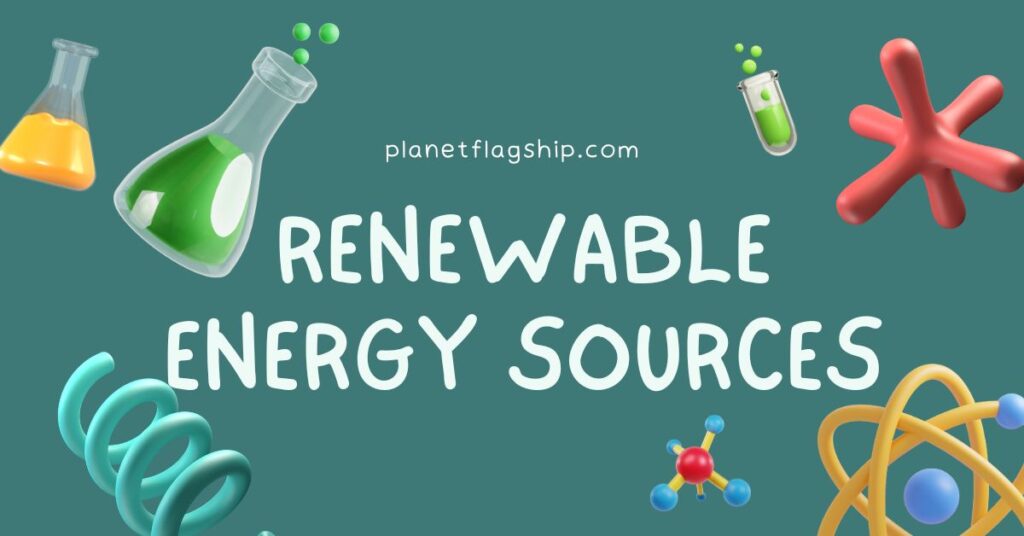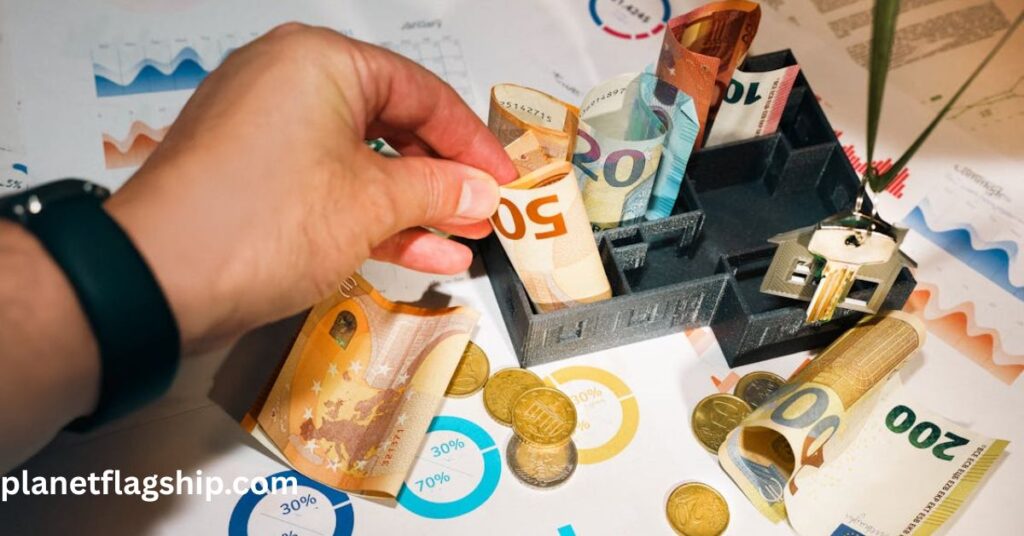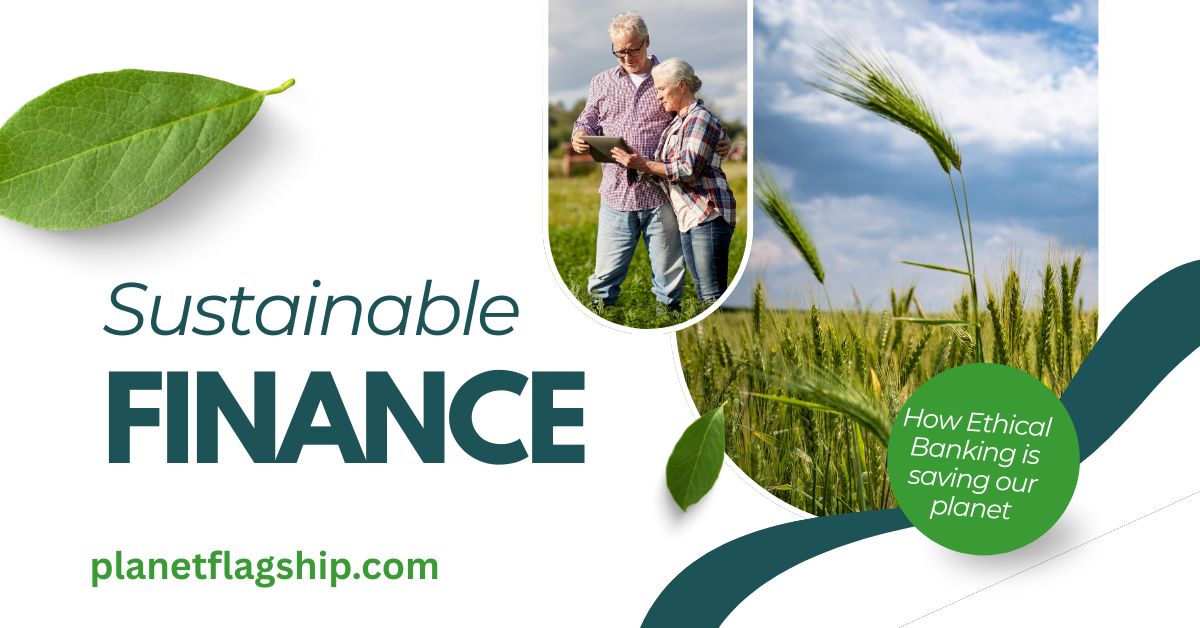Introduction
Climate change is one of the most pressing challenges of our time. Rising global temperatures, extreme weather events, and increasing greenhouse gas emissions are signs of a planet in crisis (IPCC, 2021). Without effective mitigation strategies, the world risks irreversible environmental damage. Among the many actors that can contribute to a solution, the financial sector plays a vital role, especially through ethical banking.
Ethical banking, also known as Sustainable Finance Revolution or green banking, is a model that aligns financial operations with the principles of environmental sustainability, social justice, and corporate ethics (Weber & Feltmate, 2016). Unlike conventional banks that may support fossil fuel industries or unsustainable projects, ethical banks actively fund initiatives that promote climate resilience.
This article explores the role of ethical banking in addressing climate change. It examines how ethical banks finance low-carbon projects, promote energy efficiency, and support environmentally conscious businesses. The discussion also encompasses key stakeholders, challenges, and opportunities within the realm of ethical banking. Finally, a SWOT analysis compares ethical and traditional banking models to assess their impact on climate change mitigation.
Defining Ethical Banking
Ethical banking refers to financial institutions that base their decisions on environmental, social, and governance (ESG) criteria. These banks aim to create positive social and environmental outcomes rather than focusing solely on profit (Scholtens, 2009).
Key Characteristics of Ethical Banks
- Funding clean energy, eco-housing, sustainable agriculture, and green transport.
- Avoid investments in fossil fuels, weapons, tobacco, and companies involved in deforestation.
- Clearly disclosing where and how customer funds are invested (GABV, 2023).
- Encouraging participation from communities and clients.
- Providing regular impact reports.
READ MORE: WHY WOMEN AND CHILDREN SUFFER THE MOST FROM CLIMATE DISASTERS?
Mechanisms: How Ethical Banking Combats Climate Change
1. Financing Renewable Energy Projects

Ethical banks prioritize financing for renewable energy sources, including solar, wind, and hydroelectric power. For example, Triodos Bank has funded over 500 renewable energy projects across Europe (Triodos Bank, 2023), significantly reducing reliance on fossil fuels.
2. Promoting Energy Efficiency
These banks offer green loans for home insulation, electric vehicles, and energy-saving appliances. Australia’s Firstmac Green Loans provide low-interest financing for energy-efficient home upgrades (Firstmac, 2022).
3. Supporting Sustainable Agriculture
Ethical banks invest in organic farming, agroforestry, and soil regeneration. These practices enhance carbon sequestration, preserve biodiversity, and lower emissions from industrial farming (FAO, 2021).
4. Encouraging the Circular Economy
Funding for businesses that promote recycling, reuse, and waste minimization is another key priority for ethical banking. This shift supports climate resilience by reducing resource consumption and emissions (Ellen MacArthur Foundation, 2019).
Key Stakeholders in Ethical Banking

1. Financial Institutions
- Triodos Bank (Netherlands): Focuses on sustainable sectors like energy, agriculture, and culture.
- Ecology Building Society (UK): Specializes in green mortgages and energy-efficient housing (Ecology Building Society, 2023).
2. Regulatory Bodies
- European Central Bank (ECB): Incorporates climate risks into its banking supervision policies (ECB, 2022).
- Network for Greening the Financial System (NGFS): A coalition of central banks promoting green finance (NGFS, 2023).
3. International Organizations
- UNEP Finance Initiative (UNEP FI): Guides integrating sustainability in banking (UNEP FI, 2023).
- Global Alliance for Banking on Values (GABV): A global network of banks promoting ESG standards.
Challenges and Criticisms
1. Greenwashing
Some banks may falsely claim to be ethical without meaningful sustainability practices. Independent verification and reporting standards are essential for maintaining credibility (OECD, 2020).
2. Limited Access in Developing Countries
Ethical banking services remain underdeveloped in low-income regions due to infrastructure issues and a lack of financial literacy (World Bank, 2022).
3. Balancing Profit and Purpose
Maintaining profitability while adhering to sustainability standards requires innovation, strategic planning, and, in some cases, government support (Weber, 2014).
Case Studies: Leading Ethical Banks
- Triodos Bank (Netherlands): Provides loans exceeding €24 billion for sustainable projects.
- Ecology Building Society (UK): Known for low-carbon housing finance.
- Bank Australia: Runs entirely on renewable energy and aims for net-zero emissions by 2035.
- Cultura Bank (Norway): Supports social and environmental entrepreneurship.
SWOT Analysis of Ethical Banking
| Strengths | Weaknesses |
| Funds renewable energy and sustainable sectors | Limited global market share |
| High transparency and ethical standards | Lower short-term profit margins |
| Supports SDGs and climate goals | Limited presence in developing countries |
| Strong customer loyalty | Narrow product range compared to traditional banks |
| Opportunities | Threats |
| Growing demand for ESG investments | Greenwashing by traditional banks |
| Supportive regulations (e.g., EU Taxonomy) | Economic Downturns Affecting Green Lending |
| Rise in climate awareness and ethical consumers | Regulatory uncertainties in some countries |
| Fintech innovation in green lending | Competition from large commercial banks entering the ESG space |
Frequently Asked Questions
What is ethical banking and how is it different from regular banking?
Ethical banking focuses on funding clean energy, eco-friendly projects, and social good, while avoiding industries like fossil fuels or weapons. Unlike traditional banks, it puts people and the planet before profit.
Can switching to an ethical bank really help the environment?
Yes. Your money funds what your bank supports. By switching to an ethical bank, you’re supporting renewable energy, sustainable agriculture, and businesses that care about climate and community.
Why aren’t ethical banks more popular worldwide?
They often have a smaller presence and fewer products than big commercial banks. Also, many people don’t know where their money is being invested or that they have better options.
Is it risky to invest in green finance or ethical banks?
Not really. Many ethical banks are stable and growing. Plus, ESG investments often perform as well as or better than traditional ones in the long run, especially with rising climate awareness.
What should I ask my bank to check if it’s sustainable?
Ask where your money is invested Do they fund fossil fuel companies or deforestation? Also check if they publish impact reports or follow ESG standards.
Conclusion
Ethical banking is a transformative tool in the global fight against climate change. By directing capital toward clean energy, sustainable agriculture, and eco-friendly innovations, ethical banks empower individuals and businesses to act responsibly. These banks not only offer financial services but also promote values of equity, transparency, and environmental stewardship.
Despite their smaller market share, ethical banks are growing in influence.
Their practices align with the Paris Agreement and the UN Sustainable Development Goals, and they appeal to a new generation of eco-conscious consumers. However, to maximize their impact, these institutions must overcome challenges such as greenwashing, limited access in developing regions, and competition from traditional banks.
Call to Action: What You Can Do
- Switch to an ethical bank that supports green and social initiatives.
- Question your current bank’s practices: Do they fund fossil fuels or deforestation?
- Invest in ESG portfolios or green bonds.
- Educate others about the power of ethical finance.
- Support policies that promote sustainable banking.
References
- Ellen MacArthur Foundation. (2019). Completing the Picture: How the Circular Economy Tackles Climate Change. https://ellenmacarthurfoundation.org/
- European Central Bank. (2022). ECB Climate Action Plan. https://www.ecb.europa.eu/
- FAO. (2021). Climate-Smart Agriculture. Food and Agriculture Organization of the United Nations. https://www.fao.org/
- Firstmac. (2022). Green Loans. https://www.firstmac.com.au/
- Global Alliance for Banking on Values. (2023). About Us. https://www.gabv.org/
- IPCC. (2021). Climate Change 2021: The Physical Science Basis. Intergovernmental Panel on Climate Change. https://www.ipcc.ch/
- Network for Greening the Financial System (NGFS). (2023). Annual Report. https://www.ngfs.net/
- OECD. (2020). Environmental Policy Toolkit for Greening the Financial System. https://www.oecd.org/
- Scholtens, B. (2009). Corporate social responsibility in the international banking industry. Journal of Business Ethics, 86(2), 159–175.
- Triodos Bank. (2023). Annual Report. https://www.triodos.com/
- UNEP FI. (2023). Principles for Responsible Banking. https://www.unepfi.org/
- Weber, O. (2014). The financial sector’s impact on sustainable development. Journal of Sustainable Finance & Investment, 4(1), 1–8.
- Weber, O., & Feltmate, B. (2016). Sustainable Banking: Managing the Social and Environmental Impact of Financial Institutions. University of Toronto Press.
- World Bank. (2022). Expanding Financial Access in Developing Countries. https://www.worldbank.org/

John is a professional blogger and passionate advocate for environmental sustainability. With years of experience exploring eco-friendly practices and green innovations, he shares insightful articles on Planet Flagship to inspire a sustainable future. John’s expertise lies in making complex environmental topics accessible and actionable, empowering readers to make meaningful changes for the planet.
